A swarm of "fireflies" will deprive the enemy of sleep: a modification of the Lancet UAV for striking at night
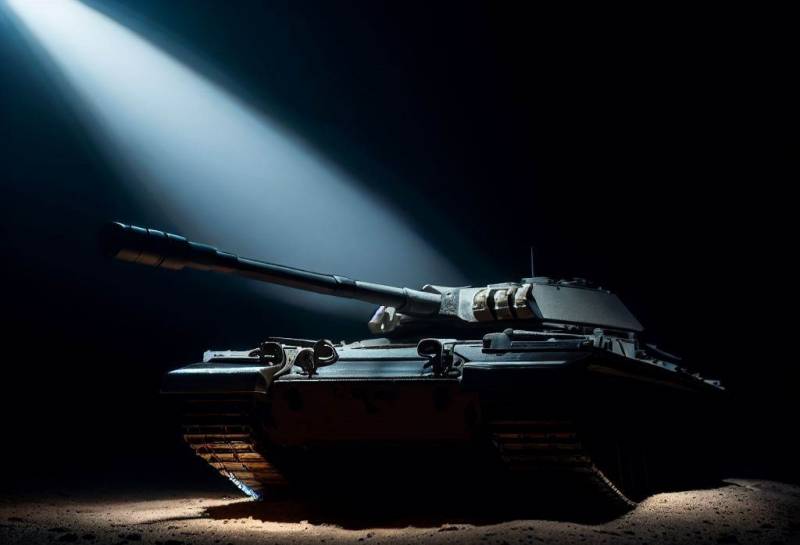
The conduct of the Russian Special Military Operation (SVO) in Ukraine made it possible to re-evaluate both the latest and the complexes that have been supplying the Armed Forces for a long time.
Turkish unmanned aerial vehicles (UAVs) "Bayraktar" became the stars of the conflict in Nagorno-Karabakh, but their fame quickly faded after meeting with the layered Russian air defense system (AD) in the NVO zone. And now when "Leopards" are on fire in Ukraine and the shares of the Rheinmetall concern are falling, their overseas competitors are gleefully rubbing their hands in anticipation of future profits.
At the same time, a number of types of weapons, hitherto practically unknown or used sporadically, were able to fully reveal their potential in this conflict, in particular, this applies to kamikaze UAVs.
For example, the Geran-2 UAVs showed themselves perfectly, which, on a par with other high-precision weapons long range ensure the defeat of targets deep in the territory of the enemy - potentially, weapons of this type can have a decisive impact on the course of the war.
Another discovery of the CBO was FPV-drones, assembled from civilian components and standard ammunition, such as rounds from hand-held anti-tank grenade launchers (RPGs) and mortar rounds. The Armed Forces of Ukraine (AFU) expected to use thousands of FPV drones to crush the defensive positions of the Armed Forces of the Russian Federation (RF Armed Forces), but so far they have not succeeded.
And finally, one of the most famous tools used by the RF Armed Forces during the NWO was the Lancet-type kamikaze UAV of the Izhevsk company ZALA AERO GROUP Unmanned Systems (hereinafter - ZALA). These UAVs made an excellent advertisement for themselves due to the numerous published videos of the destruction of armored vehicles, artillery and other enemy objects in the first-person format. Thus, the Lancet kamikaze UAV ensured not only the destruction of enemy targets, but also the infliction of sensitive strikes on the information battlefield.

UAV-kamikaze "Lancet"
True, there is one caveat - all the videos of the strikes of the Lancet UAV kamikaze, or most of them, were made during daylight hours.
UAV family "Lancet"
ZALA produces several versions of the Lancet UAV - these are Lancet-1 and Lancet-3. A smaller version of the Lancet-1 with a maximum takeoff weight of 5 kilograms and a warhead (warhead) of 1 kilogram. A larger version of the Lancet-3 with a maximum takeoff weight of 12 kilograms and a warhead (warhead) of 3 kilograms - apparently, we mainly see this version in operation on the video.
For each of the versions, there are sub-versions that include different payloads. According to data found on the Internet, the Lancet UAV is equipped with a thermal imager, video cameras of various types, a homing head for laser radiation, a gas analyzer and a dosimeter. Accordingly, various combinations of reconnaissance and guidance means can be included in different modules.
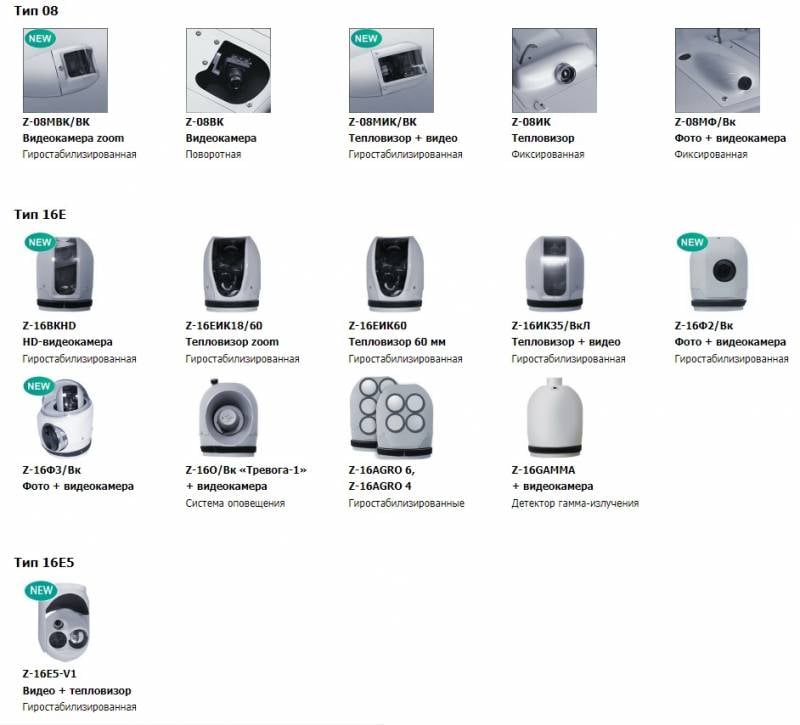
Payload modules on the ZALA website - most likely, the composition of the reconnaissance and guidance module of the Lancet UAV is formed in this way
Of course, it is extremely unlikely that Lancet UAVs will be used in the NMD zone, on which all modules will be installed - this would be too expensive and irrational. Apparently, most of the Lancet-type kamikaze UAVs produced are equipped only with a daytime color television (TV) camera, the image obtained from which we see in the videos of the destruction of enemy targets.
Why are Lancet-type UAVs not equipped with certain means of reconnaissance and guidance to work at night? Because "night vision" is a very expensive pleasure.
Night vision
The most effective means of detecting an enemy at night is a thermal imager, whose work is based on capturing infrared (IR) radiation. Modern thermal imagers have high image quality and can be used not only at night, but also during the day - enemy equipment, warmed up from engine operation or firing, glows in the thermal imager like a Christmas tree.
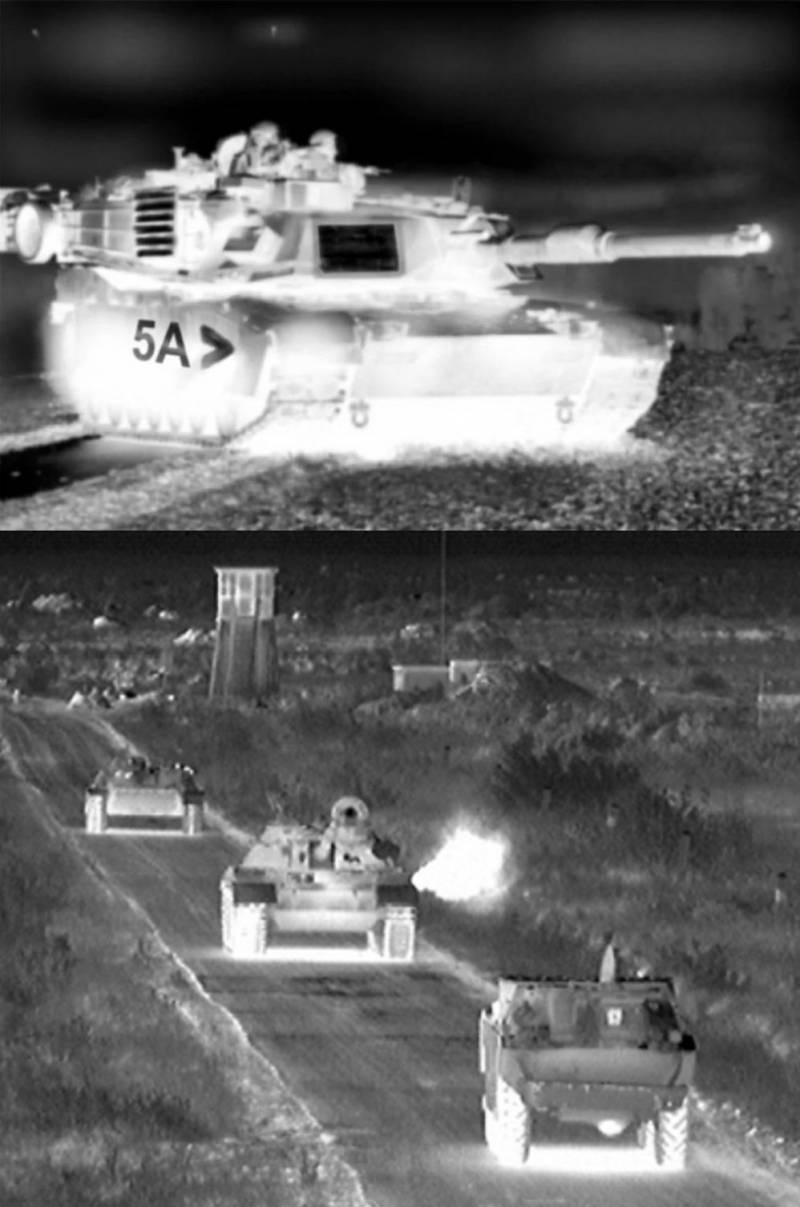
The image of armored vehicles in the thermal imager
The problem is that thermal imagers are very expensive. Even civilian models with acceptable image quality cost several thousand dollars, and the cost of military models is much higher. In addition, in Russia there may be a certain shortage of thermal imaging matrices - it is one thing to use them in the sights of conditionally “reusable” armored vehicles, and another to send them on their “last journey” on a kamikaze UAV.
Another way to see something at night is night vision devices (NVDs) based on an image intensifier tube (IOC), which amplifies the incident light. From the point of view of detecting and targeting UAVs, night vision devices are much less preferable than a thermal imager. High-quality modern night vision devices are also very expensive, comparable to the cost of thermal imagers, and their design does not tolerate overloads, so they are not used in ammunition.
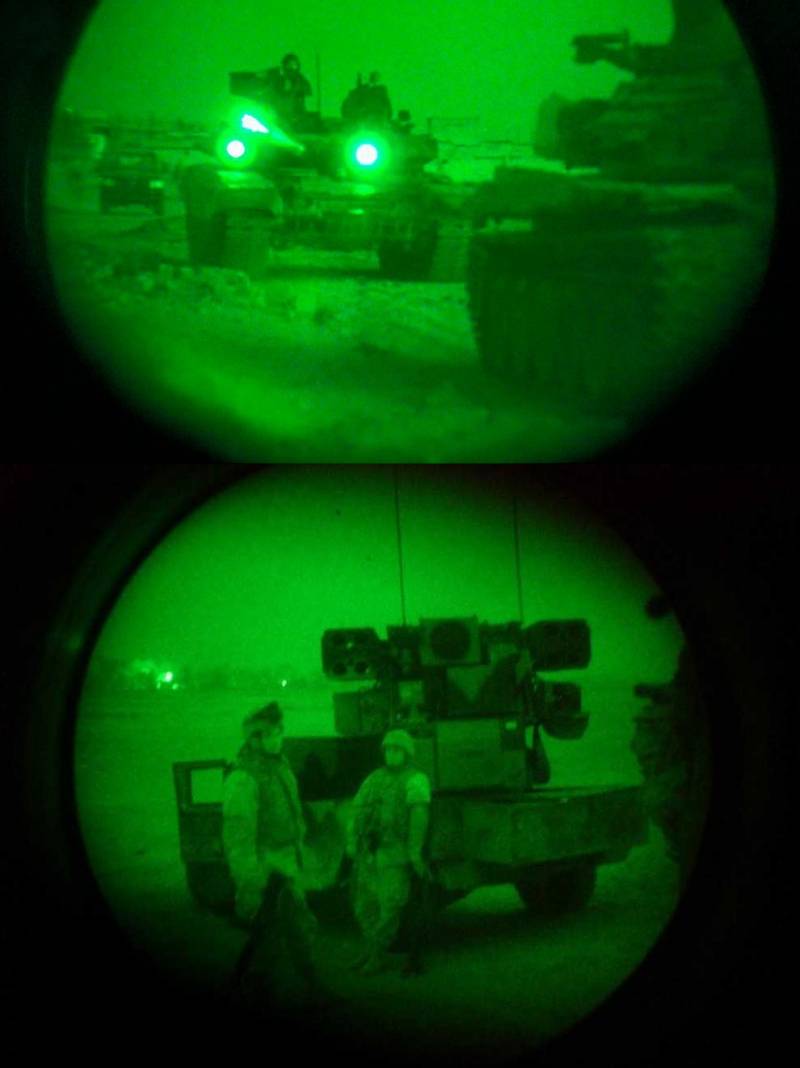
Image of armored vehicles in night vision
A modern alternative to the "classic" night vision devices are digital night vision devices, which are video cameras with high sensitivity and the ability to capture optical radiation in the near infrared range. In principle, almost all video cameras, including the camera of a regular smartphone, can see the near-IR range, but manufacturers often put an IR filter so that IR radiation does not spoil the pictures. So-called digital night vision devices are gradually taking over the civilian market, since their price is lower than that of classic night vision devices and thermal imagers.

Digital night vision device and an example of an image obtained from such products
However, there is a problem - digital night vision devices in the dark require the use of infrared illumination, which makes them unsuitable for installation on modern military equipment - few people want to give out their location (in the civilian market, for use in hunting, IR illumination with a wavelength of 900 nm is used, thus avoiding its detection by most animals).
If we talk about kamikaze UAVs, then there are two options: the first is when the kamikaze UAV itself searches for a target, loitering in the air, in this case, no unmasking signs are unacceptable, the second option is when the primary target detection is carried out by a reconnaissance UAV, which then resets the target coordinates to the kamikaze UAV operator.
In the second case, optical guidance and illumination are necessary only in the final section of the trajectory, with a direct attack on the target. Turning on the IR illumination for a short time is unlikely to affect anything and will allow the enemy to somehow react.
Potentially, digital night vision devices could be integrated into the design of kamikaze UAVs for night-time strikes. However, they are still not cheap, which raises the question - is it possible to further reduce the cost of retrofitting kamikaze UAVs for attacks at night?
"Kamikaze Firefly"
The realities of hostilities have long weaned the military from using bright lighting fixtures in wartime. Indeed, it is strange to imagine a tank "crouching" at night with the headlights on - it is almost guaranteed to get on board anti-tank guided missile (ATGM).
Meanwhile, light sources had previously been used in hostilities - powerful searchlights helped close the sky of large cities from attacks by enemy bombers, highlighting them for subsequent destruction by anti-aircraft artillery.
By the way, in our time, if long-range kamikaze UAVs of the enemy strike at cities and military bases in the deep rear, such a decision has the right to life when after the initial detection of an enemy UAV by radar stations or by sound, additional search will be carried out, including with the help of powerful light sources - for the rear areas, this is a completely acceptable solution.
However, now we are talking about "our" kamikaze UAVs. A little higher, we said that the use of active IR illumination on a kamikaze UAV together with a digital night vision device is quite acceptable, because even if the enemy notices the IR glow in the sky using his reconnaissance devices, he will not have time to do anything - with speeds of 200 kilometers per hour, the last 500 meters of a kamikaze UAV will fly in less than 10 seconds. Now, even during the day, the enemy does not always have time to not only hit, but even run away from the Lancets.
The question is different: is there any point in an invisible backlight? Maybe quite ordinary, in the visible range?
Unlike IR illumination, will visible light allow you to clearly see the image of the target and the surrounding area in color, which will simplify pointing and orientation in space? To complicate the enemy’s task of attacking a kamikaze UAV, the backlight can be performed in the strobe mode (flickering at a given frequency) - if stationary or slow-moving targets are detected, this will not affect the operator’s ability to see it, but it’s quite difficult to hit a flickering fast-flying object, it’s like blurry, "jumping" in space, like a soccer ball on a monitor with a low frame rate.
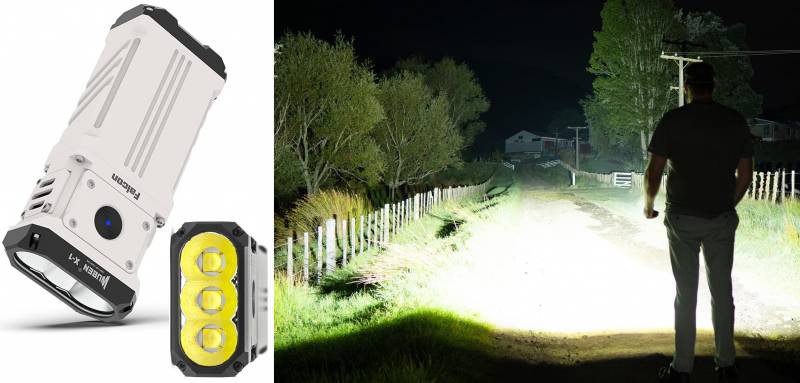
Wuben X-1 Falcon flashlight can produce 12 lumens for 000 minute
Modern LED light sources have the highest power with compact dimensions and moderate power consumption. The expected short operating time as part of a kamikaze UAV will allow the use of compact means of cooling LEDs, and they can be powered by UAV batteries (if it is made on the basis of electric propulsion, and in the case of a Lancet-type kamikaze UAV, this is exactly the case).
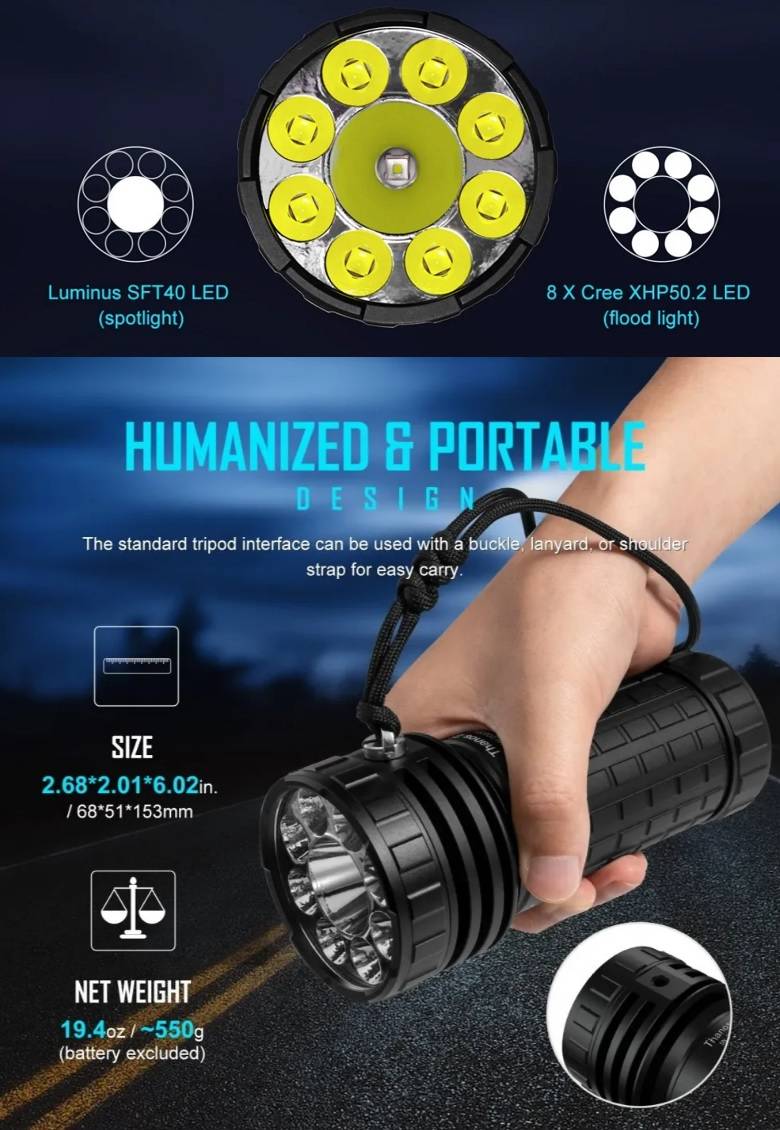
The slightly larger Lumintop Thanos 2023 flashlight puts out 26 lumens, illuminating the area more than half a kilometer ahead with a wide beam - that's about 000 "tube" car headlights or 15 HID "xenon"
Suppose that at night we have a reconnaissance UAV with a thermal imager and a Lancet-type kamikaze UAV with active visible illumination working in pairs. After the reconnaissance UAV has detected the camouflaged enemy armored vehicles, it sends its coordinates to the kamikaze UAV operator. In addition, the kamikaze UAV operator sees an image from the reconnaissance UAV thermal imager, that is, the kamikaze UAV operator understands the appearance of the target and the nature of the surrounding area quite well.
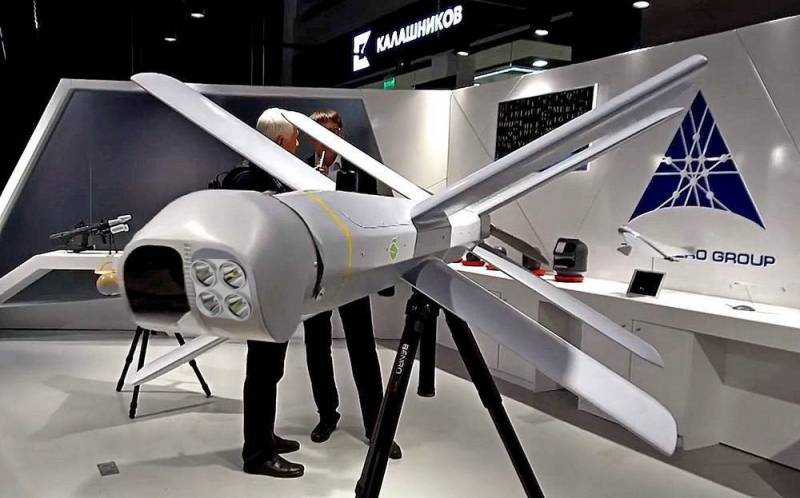
Image of the UAV-kamikaze "Lancet" with the possible placement of powerful light sources
After launching the kamikaze UAV, it enters the target area according to the coordinates, and somewhere half a kilometer away, the operator turns on the backlight - a powerful source of visible light, navigates, detects the target and attacks it. Even if he does not immediately detect the target and flies past it, he can simply turn off the “headlights”, make a U-turn and go for the second run.
Conclusions
Effective combat work at night does not always require expensive thermal imaging devices, night vision devices or highly sensitive digital video cameras.
To ensure the possibility of strikes in the dark, it is potentially possible to place powerful sources of visible light with a brightness of several tens of thousands of lumens, operating in a strobe mode, on a kamikaze UAV.
This method is too simple and cheap not to try to implement it - the cost of a powerful integrated headlight should not exceed several tens of thousands of rubles, and the weight should not exceed several hundred grams.
The most obvious candidate for the installation of a headlight lamp is the Lancet-type kamikaze UAV. Their sudden appearance at night will make it possible to strike at an enemy unprepared for such a development of events, disrupting his regrouping, disrupting supply routes, and destroying military equipment and manpower. Night shots of the destruction of enemy armored vehicles will perfectly complement the "portfolio" of the Lancet-type kamikaze UAV. Of course, headlight lamps can also be placed on other domestic kamikaze UAVs.
Let the last thing that the crews of enemy combat vehicles see is a dazzling white light rapidly approaching from above.
Information